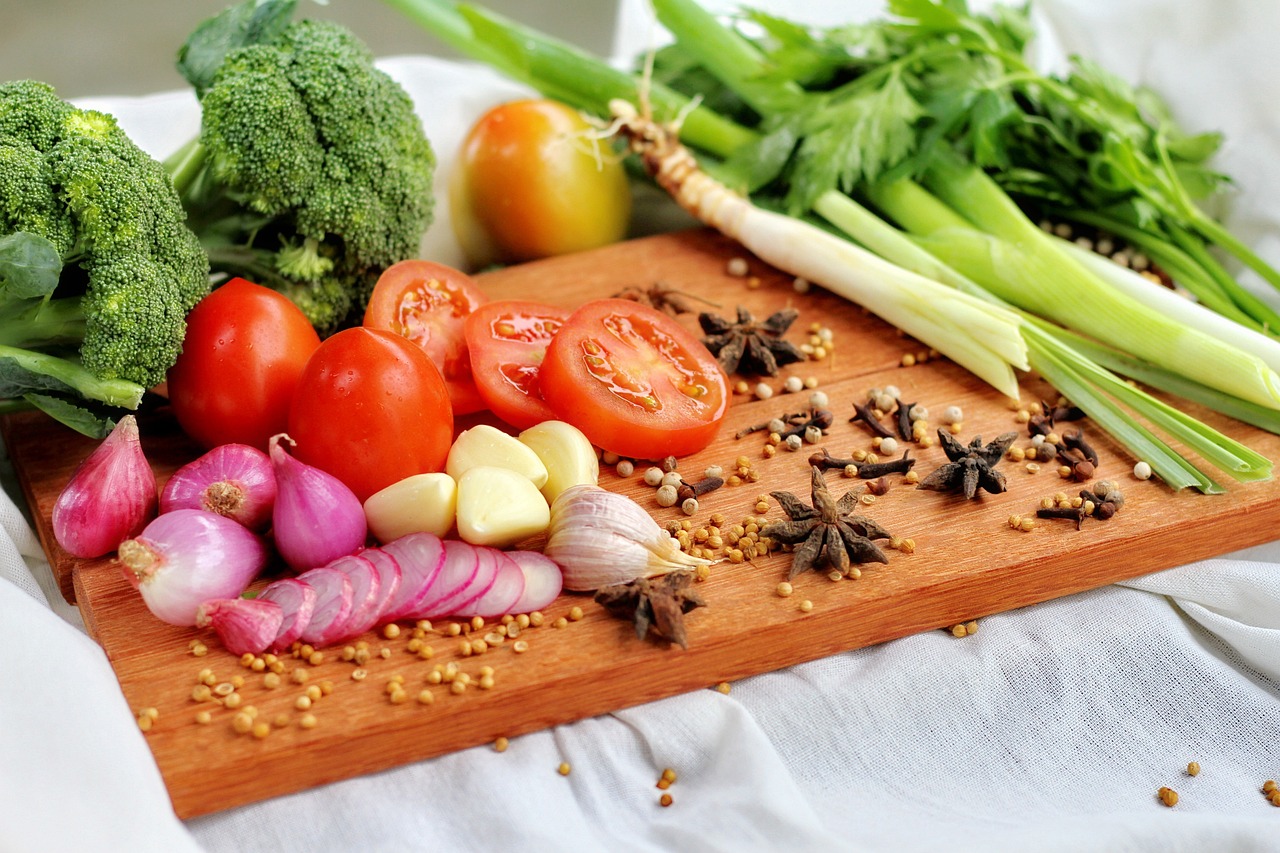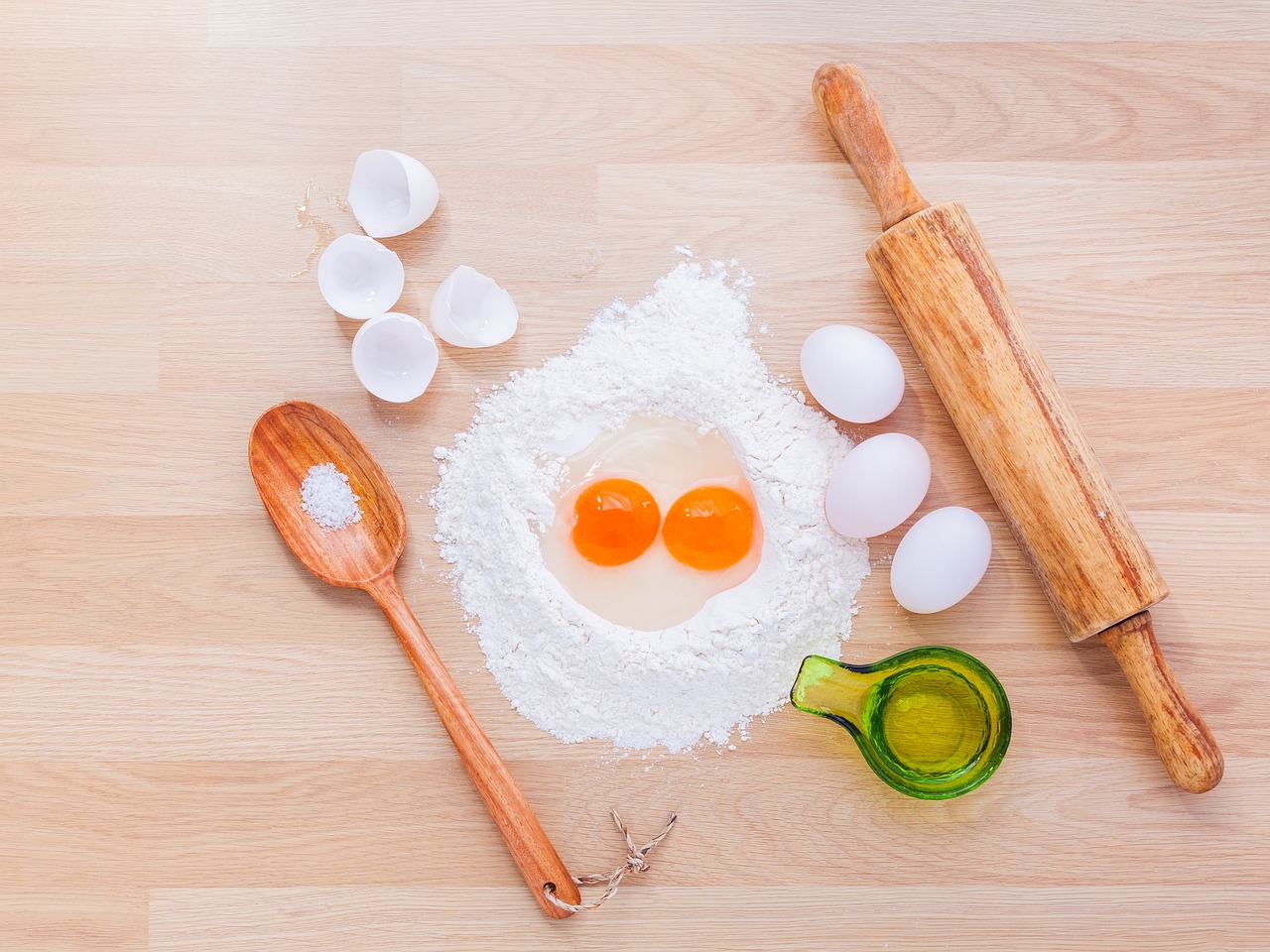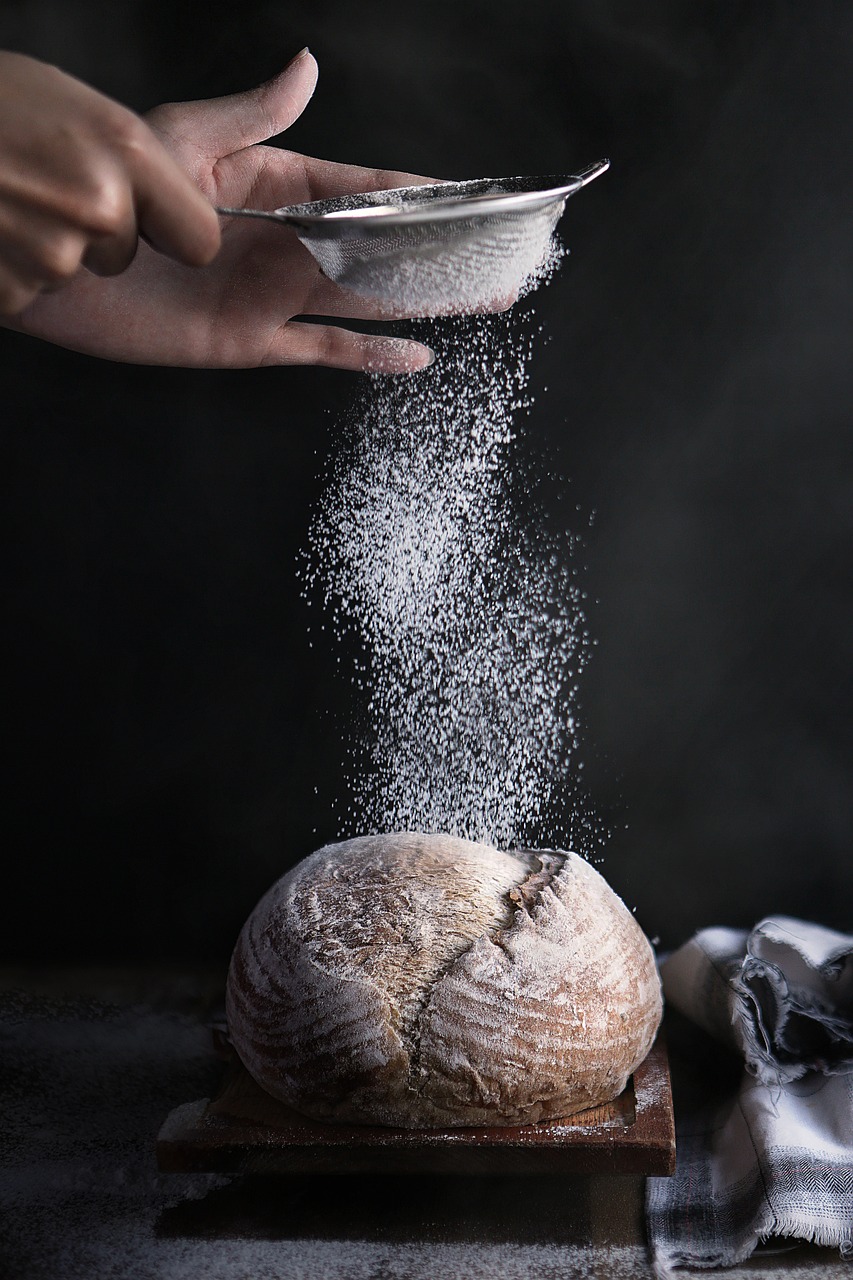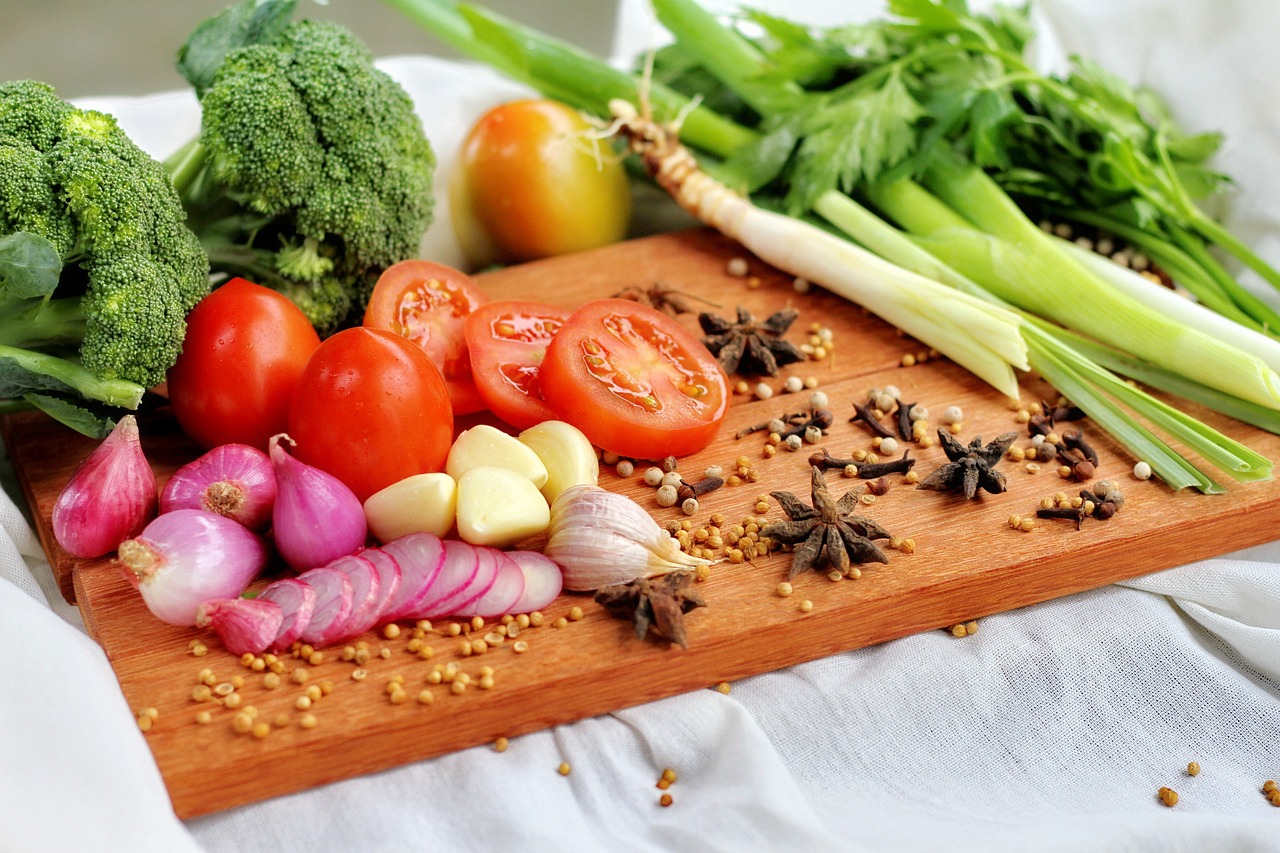If you’re on the hunt for the secrets to achieving the perfect omelette, look no further! At Tastepan.com, we understand your desire for fluffy and flavorful eggs that will take your breakfast game to the next level. Our expert tips and step-by-step instructions will guide you towards culinary success, ensuring that every omelette you create is a mouthwatering delight. Whether you’re a seasoned chef or a novice in the kitchen, get ready to elevate your omelette-making skills with our treasure trove of recipes and techniques. Prepare yourself for a delectable journey filled with tantalizing flavors and unbeatable textures. Get ready to impress yourself and others with your newfound ability to whip up the perfect omelette.

Choosing the Right Ingredients
Fresh Eggs
When it comes to making the perfect omelette, using fresh eggs is absolutely essential. The freshness of the eggs will not only enhance the flavor but also contribute to the fluffy texture of the omelette. Look for eggs with bright yolks and firm whites, as they indicate freshness. If possible, opt for organic or free-range eggs for even better quality and taste.
High-Quality Cheese
Cheese is one of the star ingredients in any good omelette, so it’s important to choose a high-quality cheese that will melt beautifully and add a delicious creamy texture. Opt for varieties such as cheddar, Swiss, Gruyère, or feta, depending on your preferences. Remember to grate or crumble the cheese before adding it to the omelette for even distribution.
Fresh Herbs
Fresh herbs are a fantastic way to add flavor and freshness to your omelette. Some popular options include parsley, chives, basil, dill, or cilantro. Not only do these herbs bring a burst of flavor, but they also add a vibrant touch of color to your omelette. Chop the herbs finely and sprinkle them over the omelette just before serving for the best results.
Vegetables
Adding vegetables to your omelette not only adds nutrition but also enhances the flavor and texture. Some great vegetable options for omelettes include bell peppers, mushrooms, spinach, onions, tomatoes, or zucchini. Sauté the vegetables lightly before adding them to the omelette to ensure that they are cooked through and soft. Be creative and experiment with different combinations to find your favorite vegetable omelette.
Preparing the Eggs
Cracking and Whisking
To start preparing your omelette, crack the eggs into a bowl and whisk them together. Be sure to use a fork or a whisk to beat the eggs thoroughly until the whites and yolks are well combined. This step helps to incorporate air into the eggs, which results in a lighter and fluffier omelette.
Adding Salt and Pepper
Seasoning is crucial for enhancing the taste of your omelette. Add a pinch of salt and a sprinkle of freshly ground black pepper to the whisked eggs. Remember, a little goes a long way, so start with a small amount and adjust to your preference. Seasoning the eggs before cooking allows the flavors to infuse throughout the omelette.
Incorporating Air
For an extra fluffy omelette, take a whisk or a fork and vigorously beat the eggs for a few seconds. This step helps to introduce air into the mixture, contributing to a lighter and more airy texture. It’s important to whisk the eggs just before pouring them into the preheated pan to ensure maximum fluffiness.
Adding Cream or Milk
For a richer and creamier omelette, consider adding a splash of cream or milk to the egg mixture. This optional step adds a velvety texture and extra moisture to the omelette. Whisk in a small amount of cream or milk, being careful not to overdo it, as too much liquid can make the omelette dense.

Cooking Techniques
Using the Right Pan
Choosing the right pan is crucial for achieving a perfectly cooked omelette. A non-stick frying pan with sloping sides and a diameter of about 8 to 10 inches is ideal. This size allows for easy flipping and even cooking of the omelette. Avoid using pans with scratched or damaged surfaces, as it may affect the omelette’s texture and cause sticking.
Preheating the Pan
Before pouring the egg mixture into the pan, it’s important to preheat it over medium heat. A preheated pan ensures that the omelette cooks evenly and prevents sticking. Allow the pan to heat for a few minutes until it is hot but not smoking. You can test the readiness of the pan by sprinkling a few drops of water onto the surface. If the water sizzles and evaporates quickly, the pan is ready for cooking.
Choosing the Right Heat
Cooking an omelette requires gentle and even heat. Set your stove to medium-low heat to ensure the eggs cook slowly and evenly without browning or burning. This lower heat allows you to control the cooking process and achieve the desired level of doneness.
Butter vs. Oil
When it comes to adding fat to your pan, you have the option of using butter or oil. Each has its own distinct flavor and can influence the taste of your omelette. Butter adds a rich and savory flavor, while oil provides a neutral taste. Choose the option that suits your palate best and heat a small amount in the pan just until melted or heated through.
Avoiding Overcooking
One of the biggest mistakes people make when cooking omelettes is overcooking them. To avoid a dry and rubbery texture, it’s important to cook the omelette just until the eggs are set but still slightly moist. Remove the pan from the heat and allow the residual heat to finish cooking the eggs. The omelette will continue to cook even after it is removed from the stove, so it’s crucial to err on the side of slightly undercooking.
Flavorful Fillings and Toppings
Classic Cheese and Ham
A classic omelette filling is a combination of cheese and ham. Opt for your cheese of choice, such as cheddar or Swiss, and complement it with thinly sliced ham. Sprinkle the filling evenly over one half of the partially cooked omelette, then fold the other half over to encase the filling. Allow the cheese to melt slightly before serving for a gooey and delicious filling.
Veggie Delight
For a healthier option, a veggie omelette is a great choice. Sauté a combination of vegetables, such as bell peppers, onions, and mushrooms, until they are tender and slightly caramelized. Spread the vegetables evenly over one half of the omelette, fold it in half, and allow the flavors to meld together.
Gourmet Mushroom and Truffle Oil
For a touch of luxury, a gourmet omelette filled with sautéed mushrooms and a drizzle of truffle oil is sure to impress. Cook a variety of mushrooms, such as cremini, shiitake, and oyster, until they are golden brown and tender. Place the mushrooms on one side of the omelette and finish with a subtle drizzle of truffle oil for an indulgent and earthy flavor.
Mexican-inspired with Salsa and Avocado
If you’re craving something with a bit of spice, a Mexican-inspired omelette is a fantastic choice. Add a dollop of salsa or pico de gallo to the omelette, along with slices of ripe avocado for a creamy and tangy twist. This filling combination adds a burst of flavor and a touch of heat to your omelette.

Pro Tips for Perfect Omelettes
Using a Non-Stick Pan
Investing in a good-quality non-stick pan is a game-changer when it comes to making omelettes. It ensures that the omelette slides out easily without sticking or falling apart. Make sure to take proper care of your non-stick pan by using silicone or wooden utensils to prevent scratching the surface.
Flipping Techniques
Flipping an omelette can be a daunting task, but with a bit of practice, it becomes second nature. To flip the omelette, slide a spatula or fork gently underneath one side of the omelette, then quickly and confidently flip it over onto the other side. Alternatively, you can use a plate to assist in the flipping process by sliding the omelette onto the plate, then inverting the pan over the plate and flipping them both together.
The Perfect Fold
Mastering the perfect fold is essential to achieving a visually appealing omelette. To fold the omelette, use a spatula to gently fold one side over the filling towards the center, then fold the other side over to completely enclose the filling. The omelette should have a neat and uniform shape with no visible filling.
Timing and Doneness
The cooking time for omelettes can vary depending on the individual’s preference for doneness. Some prefer a slightly runny and custard-like center, while others prefer a completely cooked through omelette. As a general guideline, cook the omelette for around 2-3 minutes per side for a partially cooked result, and 4-5 minutes per side for a fully cooked omelette.
Serving and Presentation
Garnishing with Fresh Herbs
To add a pop of freshness and visual appeal to your omelette, garnish it with a sprinkle of fresh herbs. Chopped parsley, chives, or cilantro work well for garnishing. Simply sprinkle the herbs over the cooked omelette just before serving to enhance the taste and presentation.
Accompaniments and Sides
Omelettes are versatile and pair well with a variety of accompaniments and sides. Serve your omelette with a side of toasted bread, such as baguette slices or whole wheat toast, for a satisfying breakfast or brunch. You can also add a side of fresh fruit or a simple salad to balance the flavors and add some nutritional value to the meal.
Plating Techniques
When it comes to plating your omelette, presentation is key. For a classic presentation, place the folded omelette in the center of the plate, with the folded side facing up. You can also top the omelette with a sprinkle of grated cheese or a drizzle of sauce for an extra touch of elegance. Experiment with different plating techniques to make your omelette visually appealing and inviting.
Variations and Customizations
Spinach and Feta
For a Greek-inspired twist, sauté a handful of spinach until wilted, then combine it with crumbled feta cheese. Add the filling to the omelette, fold it over, and let the flavors meld together. The combination of the creamy and salty feta with the earthy spinach creates a delicious and nutritious omelette.
Bacon and Cheddar
If you’re a fan of the classic combination of bacon and cheddar, this variation is for you. Cook crispy bacon until golden brown, then crumble or chop it into small pieces. Sprinkle the bacon pieces and shredded cheddar cheese onto one half of the omelette, fold it over, and enjoy the irresistible smoky and cheesy goodness.
Smoked Salmon and Cream Cheese
For an indulgent and luxurious option, fill your omelette with slices of smoked salmon and a spread of cream cheese. The combination of the delicate and smoky salmon with the creamy and tangy cream cheese creates a melt-in-your-mouth experience. Roll or fold the omelette to encase the filling and savor each bite.
Asparagus and Parmesan
For a vibrant and flavorful omelette, use tender asparagus spears and grated Parmesan cheese. Steam or blanch the asparagus until crisp-tender, then chop it into bite-sized pieces. Sprinkle the asparagus and Parmesan onto the omelette and fold it over for a fresh and satisfying option.
Omelette Recipes to Try
Fluffy French Omelette
The classic French omelette is a true culinary masterpiece. Whisk together a few eggs with a pinch of salt and finely chopped herbs, such as chives or parsley. Melt some butter in a non-stick pan, then pour in the egg mixture. As the eggs start to set, gently push the cooked edges toward the center, allowing the liquid eggs to flow to the edges. Continue this folding motion until the omelette is cooked but still slightly soft and custard-like in the center. Serve immediately and savor the buttery and delicate flavors.
Greek Spinach and Feta Omelette
For a taste of the Mediterranean, sauté a handful of spinach with garlic and olive oil until wilted. Combine the wilted spinach with crumbled feta cheese and season with salt and pepper. Pour the egg mixture into the preheated pan and cook until partially set. Add the spinach and feta mixture to one half of the omelette, fold it over, and cook for another minute until the cheese is melted. Slide the omelette onto a plate and enjoy the delightful combination of flavors.
Spicy Mexican Omelette
If you’re craving something with a kick, a spicy Mexican omelette is the way to go. Cook some diced bell peppers, onions, and jalapeños until softened. Add cumin, chili powder, and a splash of hot sauce for an extra kick. Spread the mixture over one half of the omelette, fold it over, and cook until the cheese is melted. Top with fresh salsa, sliced avocado, and a dollop of sour cream for a burst of flavor.
Mushroom and Truffle Omelette
For a gourmet twist, sauté a combination of mushrooms, such as cremini, shiitake, and oyster, until golden brown and tender. Drizzle the mushrooms with truffle oil for an indulgent flavor. Fill the omelette with the mushrooms, fold it over, and cook until the cheese is melted. Serve with a sprinkle of grated Parmesan and enjoy the earthy and rich flavors.
Storage and Reheating
Refrigeration Tips
If you have leftover omelettes, store them in an airtight container in the refrigerator. It’s best to consume them within two days to ensure optimal freshness and flavor. When reheating, place the omelette in a non-stick pan over low heat and cover with a lid. This gentle reheating method helps to retain moisture and prevent the omelette from becoming dry.
Freezing and Thawing
To freeze omelettes, allow them to cool completely, then wrap them tightly in plastic wrap or foil. Place the wrapped omelettes in a freezer-safe bag or container and store them in the freezer. When ready to eat, thaw the omelette overnight in the refrigerator. To reheat, follow the same method as reheating refrigerated omelettes.
Reheating Methods
To reheat refrigerated or thawed omelettes, there are multiple methods you can use. One option is to place the omelette in a non-stick pan over low heat and cover it with a lid. This gentle reheating method ensures that the omelette heats through evenly without becoming dry. Another option is to reheat the omelette in the microwave for a short duration, checking frequently to prevent overheating.
Mastering the Art of Omelette Making
Practice and Experiment
Making the perfect omelette takes practice, so don’t be discouraged if your first few attempts don’t turn out exactly as planned. Experiment with different techniques, fillings, and cooking times to find what works best for you. The more you practice, the more confident and skilled you will become in creating delicious omelettes.
Developing Your Flipping Technique
Flipping an omelette can be challenging, but with practice, you can master this essential skill. Start by using a well-greased non-stick pan and a spatula or fork to gently lift one side of the omelette. Quickly and confidently flip the omelette over onto the other side, using the spatula or fork to guide it if necessary. With practice, you’ll develop a smooth and effortless flipping technique.
Getting Creative with Fillings
While classic omelette fillings are always delicious, don’t be afraid to get creative and experiment with different combinations of ingredients. Try adding leftover cooked meats, different types of cheeses, or even fruits for a unique twist. The possibilities are endless, so let your imagination run wild and create omelettes that suit your personal taste preferences.
By following these tips and techniques, you’ll be able to create fluffy, flavorful, and visually stunning omelettes every time. Whether you prefer a classic cheese and ham omelette or a gourmet mushroom and truffle oil creation, mastering the art of omelette making will elevate your culinary adventures and impress your family and friends. So grab your whisk, heat up your pan, and start whisking up some omelette magic in your kitchen!

